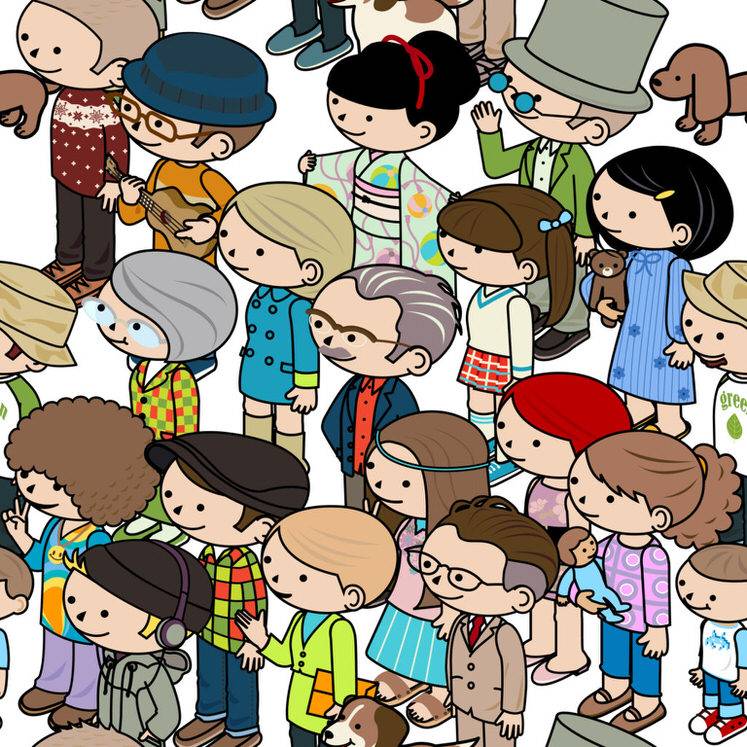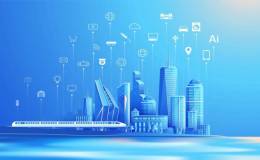City, enterprise, and startup thought leaders are in the midst of designing the cities of tomorrow, but how do we decide what makes a smart city actually smart?
Perhaps the place to start is not with the latest smart tech, but rather the smart people that understand key problems cities are facing and how connected tech can enable solutions to these problems.
We spoke with Gordon Feller, consultant at Cisco HQ and co-founder of Meeting of the Minds (@MeetoftheMinds), to see what — to him — makes a smart city, smart.
Meeting of the Minds is a global thought leadership network and knowledge sharing platform focused on urban sustainability. The group now convenes 15,000 to 20,000 leaders around the world who want to engage in a dialogue about how to embrace innovation to change the trajectory of the future.
ReadWrite: Can you tell me a little bit more about Meeting of the Minds and your mission?
Gordon Feller: [Meeting of the Minds] is a non-profit organization established as a unit in World Bank headquarters in early 1990s in Washington, DC. The idea was to help cities and national governments think about innovative alternative futures — what would it take to shift the trajectory of their cities from more poverty, more pollution, more congestion to a better future. Then, in 2000, we spun off as an independent non-profit organization, and relocated to California. We’ve been established for the last ten years as a living, breathing, year-long conference summit meeting for leaders who want to engage in a dialogue with each other about how to embrace new innovation and make it integral to the city, and not just an afterthought.
RW: In terms of Meeting of the Minds — in beginning and where it is now — how has the conversation changed over the last decade?
GF: The focus started with two tracks, how do we achieve more environmentally sustainable and financially sustainable cities, and gradually added was social sustainability because of the inclusion challenges cities face as they grapple with poverty.
In early 2000s, we realized that we have enablers and technology was probably the key enabler. We made the judgement that we needed to connect the sustainability and poverty fighting agenda with these new emerging solutions. So, now, we talk about sustainability plus connectivity and how these two are integral to each other; not an end in itself, but a means to achieving policy goals.
RW: How do you define a smart city given your diverse background between enterprise and non-profit?
GF: A smart city for me is a city that knows me and the choices I’m going to make throughout the course of day. The city is increasingly becoming more friendly to the commuter, not necessarily because the city or government makes it that way, but because it’s in the best interest of the businesses that operate within the city.
If I am operating an enterprise in the city, I depend on city services in my buildings, for my employees, to secure visitors, and also for delivering services, faster, cheaper, and smarter. If I am a services provider for transportation services, water, power, etc., I want the smart city to help me deliver those services faster and more intelligently with less pain and cost.
Which is similar to the enterprise perspective, but now I have a legal mandate, because I am taking money from my rate-payers, for water or power, or I am taking money from my commuters. I have a legal obligation in that hand shake to deliver a good quality of service. The demand is becoming audible and visible. People are not going to put up with industrial age services when you are paying 21st century prices.
We will become dinosaurs if we are resisting the tide of history. So what cuts across all these different vantage points? All of it is about harnessing the power of emerging technology to make the city better. Better at delivering services, creating a better experience for the customer, the citizen, and the visitor, enabling better outcomes. I want less homelessness and more affordable housing. If technology can enable me to do that, which it can, I want to harness the power of that resource just like I am using other resources. I am using financial capital, human capital, and energy; I want to use it as a vital resource, to not only make the cost less and the experience better, but to discover other revenue opportunities.
RW: What are the major challenges facing cities today that being “smart” can solve?
GF: To me, there are four major challenges looking to be solved: Personalization and Customization, Economic Development, Sense of Place, Personal Safety.
First, the personalized, customized reach of information that is relevant to me. We are bombarded with information that mostly has no relevance to us. I’m not buying a car, but you’re presenting me with car ads all day. I’m not particularly interested in solving my erectile dysfunction problem, but you keep having Viagra ads pointed towards me. All that stuff that goes on in the ad and media environment that I’m not particularly interested in, and doesn’t speak to me. So personalization and customization is one.
This creates relevancy for the second challenge, which is solving the problem called local economic development. I want to know that if I am interested in getting “x” and I really care about my neighborhood, that I have easy, quick, instant access to a provider of “x” that is within a ten block radius, not because it is physically convenient, but because I can physically go and have a conversation with someone in my neighborhood. It’s less automized and is more personalized commerce that is micro-geographic. I want to add value, if I am an employer, and I want to add value to the local economy especially if my employees believe that it is a good thing. So that is job creation, that is economic development, that is building a tax base – all those things the city cares about.
The third thing is creating some kind sense of place, which means I know when there are special events coming — I know when there are special opportunities for interaction with artists, or startups, or if the local police department is coming — that sort of high-touch interaction with resources from my city, because I feel left out when I don’t have a regular stream of those those things.
The city wants that to retain the talent, because every city in the world is competing for the creative millennials and every company is competing for them. So you can be proud that people want you, but the challenge is how to keep “you” from the city’s standpoint.
Sense of place leads to safety of place, so you don’t want to be in a city where you are constantly looking over your shoulder and worried about crime and insecurity. So the question is how to deliver that better without the intrusion of loss of privacy, the hand of Big Brother, and the invasion of your personal space. You may want some of that in order to be able to make sure that the people in your building are supposed to be there, for example. The question is how can that be achieved seamlessly behind the scenes?
To learn more about emerging urban-innovations, and to meet Gordon Feller — and another 350 other leaders like him — be sure to check out Meeting of the Minds in the San Francisco Bay Area on October 26-27.























